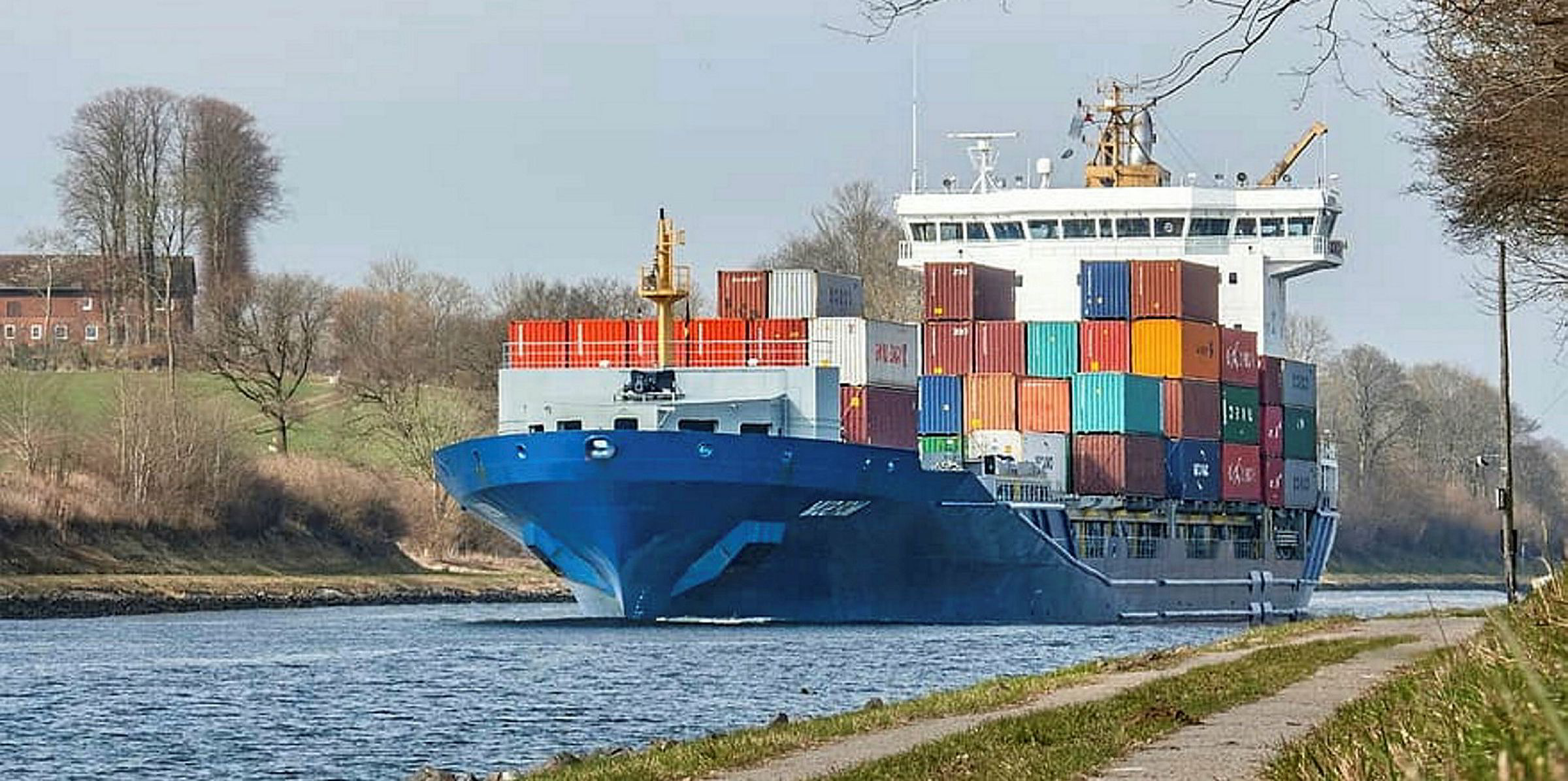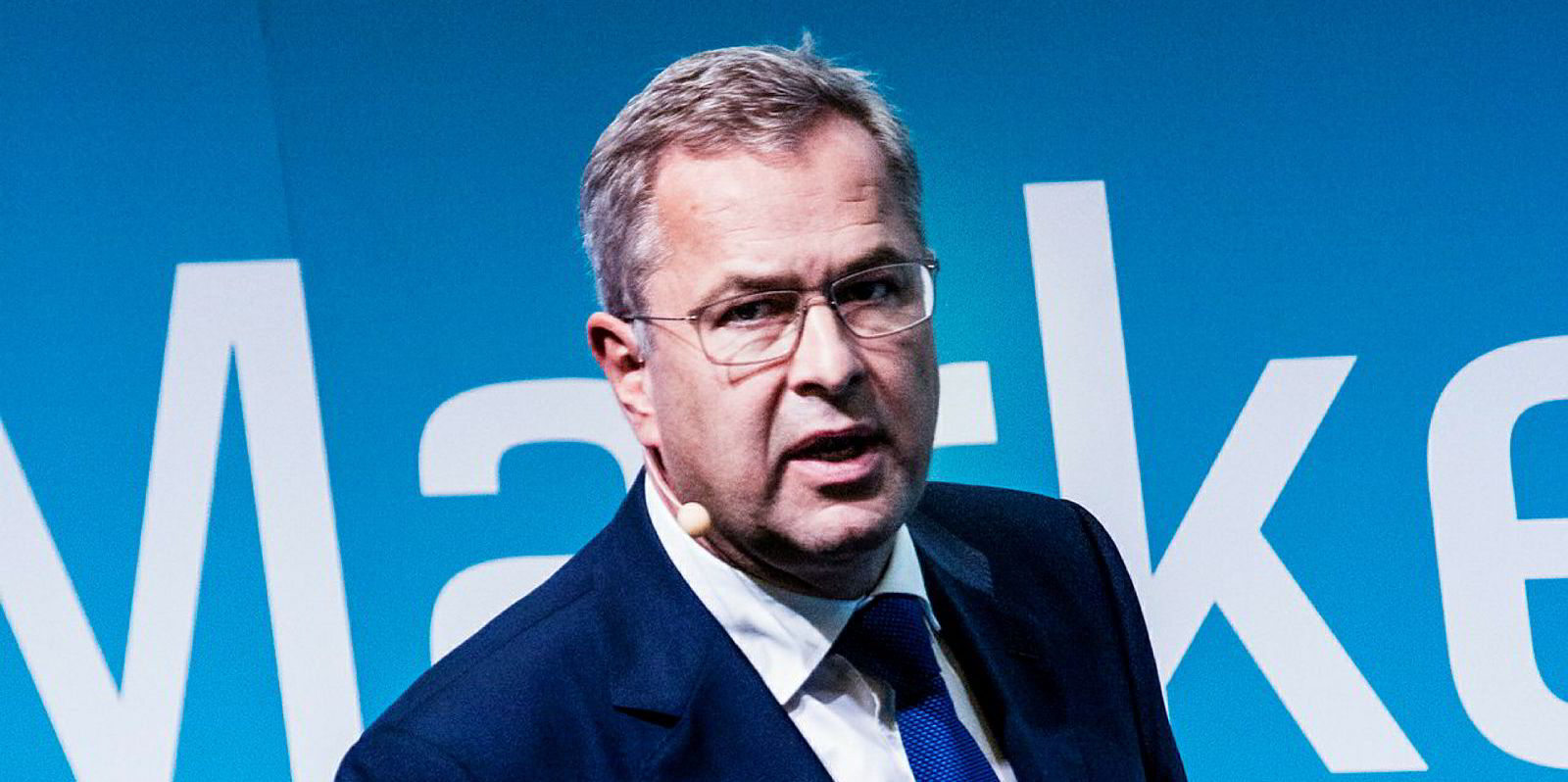Who would have expected the immediate aftermath of a global pandemic, business lockdown and trade slowdown to produce record freight rates for the liner industry?
Spot prices for 40-foot equivalent unit (feu) containers have scorched their way through the $3,000-per-day mark on the key Asia to US West Coast route.
And, rather than running up poor second-quarter results, liner giants AP Moller-Maersk and HMM have reported better-than-expected profits this month.
So one would imagine that this is something to celebrate, when many commercial sectors are still on their knees.
Surely this is shipping at its best: making profits even as revenues fall, by idling vessels and blanking — taking out — sailings?
But questions are beginning to be asked about whether the large liner companies are prospering at the expense of shippers.
It would certainly not be good for shipping to be seen to be hampering a wider economic recovery.
This would probably lead to competition authorities again probing whether the big shipping alliances that dominate East-West liner trades are acting as the kind of price-fixing cartels that doomed the old “conference” system.
Too much pricing power?
The European Shippers’ Council has been complaining for some time that the liner industry has too much pricing power.
Analysts also say there is particular concern that specialist data released by the likes of container tracker Ocean Insights of Hong Kong shows an increase in blank sailings the further out one looks.
This may be prudent planning by the liner companies, which can argue that seasonal demand traditionally begins to fall off in October.
Questions are beginning to be asked about whether the large liner companies are prospering at the expense of shippers
But this is not a normal year and seasonal trends are surely out of the window. Saying you will void ships six weeks into the future, only to replace them later, could encourage shippers to panic and take early tonnage. This, in turn, would have the effect of filling up vessels in the coming weeks while also pushing up freight rates.
There is no doubt that freight rates have soared. This is the kind of V-shaped recovery that many governments hoped their countries’ economies would see as lockdown controls were loosened.
Those Asia to US West Coast rates hitting about $3,080 per feu last week compared with $1,500 per feu three months ago.
And that puts box rates double where they were a year ago — surely a temporary surge due to pent-up demand?
Part of the dramatic increase comes from Chinese exporters desperately trying to get their goods to the US for the Christmas market before a predicted second wave of Covid-19 strikes.
Roller coaster decade
It is also not hard to see why shipowners are happy to take the cash after a decade of serious ups and downs in the sector.
The sector went through major slumps in 2009 and 2016, and it is less than four years ago that one of the biggest boxship operators in the world — Hanjin Shipping of South Korea — went bust and Denmark’s Maersk reported a third-quarter loss of $1.5bn.
By contrast HMM, South Korea’s largest liner operator, has just reported a net profit of KRW 28.1bn ($23.6m) for April to June, even with container volumes down 21% year on year.
This result — compared with a financial loss for the same period last year — is attributed to new, bigger ships and being part of THE Alliance.
Meanwhile, Maersk chief executive Soren Skou reported a rise in Ebitda over the second quarter to $1.7bn, even as revenues fell.
Skou said his company’s involvement in the 2M Alliance with Mediterranean Shipping Co is part of the reason for the success. Alliances make it much easier to cope with serious adjustments to tonnage supply.
But he strenuously argued that chasing profits, not volumes (and curbing newbuilding orders) is a discipline to be applauded, not criticised.
One might think that the liner sector is in better shape only because it had rationalisation forced on it by the previous downturn. But it has learned a lesson others should follow in terms of working in partnerships and being more restrained on the use of tonnage.
Shippers may be wary of alliances, but it is hard to argue that anyone gains from boom-and-bust shipping cycles — apart from speculators.





